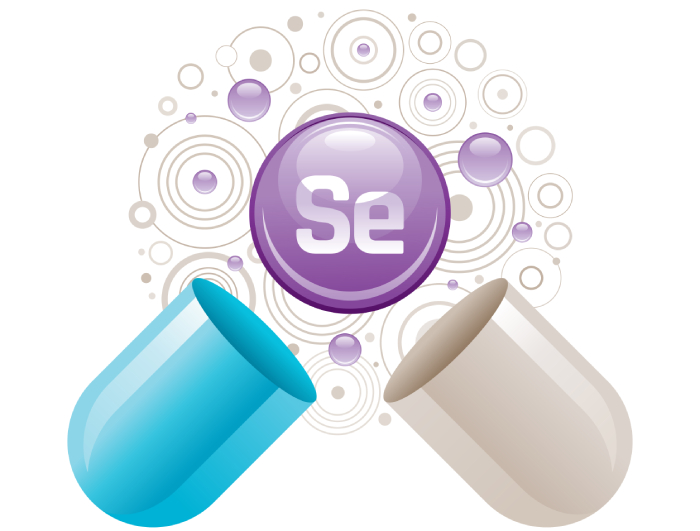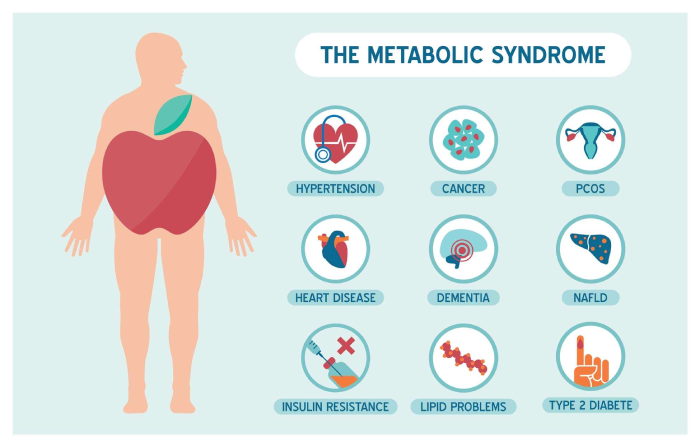New Study Reveals HMPA’s Impact on Muscle Fibers and Antioxidant Defense
A recent investigation into 3-(4-hydroxy-3-methoxyphenyl)propionic acid (HMPA) has uncovered promising results regarding its effects on muscle strength and oxidative stress. Building upon previous research that showed HMPA’s potential to enhance grip strength and reduce blood urea nitrogen, this new study delves deeper into the compound’s mechanisms of action.
The research, conducted on eight-week-old male C57BL/6 mice, involved oral administration of HMPA solution at two different doses (50 mg/kg/day and 500 mg/kg/day) or distilled water for a fortnight. The mice were then divided into sedentary and exhaustive exercise groups to evaluate various parameters related to oxidative stress, muscle fiber composition, and underlying biochemical pathways.
Key findings from the study revealed that both low and high doses of HMPA effectively reduced oxidative stress by decreasing plasma reactive oxygen metabolites. Notably, the higher dose of HMPA demonstrated additional benefits, including a reduction in plasma nitrite/nitrate levels and an enhancement of antioxidant capacity following exercise. These effects were accompanied by changes in the mRNA abundance of antioxidant enzymes such as Sod1 and Nqo1, as well as reductions in the mRNA abundance of nitric oxide synthases like Nos2 and Nos3 in the soleus muscle.
The study also shed light on HMPA’s influence on muscle fiber composition. High-dose HMPA administration led to an increase in the protein expression of MYH4 in the soleus muscle. Meanwhile, low-dose HMPA enhanced the gene expression of Myh4 and Igf1, suggesting a potential role in promoting fast-twitch fiber hypertrophy through the activation of the IGF-1 pathway.
Furthermore, low-dose HMPA significantly increased the gene expression of Sirt1 and Nrf1, as well as AMPK phosphorylation post-exercise. These findings indicate that low-dose HMPA may improve mitochondrial biogenesis and exercise adaptation.
The researchers conclude that HMPA shows promise as a dietary supplement for regulating redox balance, enhancing antioxidant defenses, and promoting the formation of fast-twitch muscle fibers.
Commentary by SuppBase columnist Alice Winters

The recent study on HMPA offers a fascinating glimpse into the potential of this compound as a game-changing supplement in the realm of muscle health and oxidative stress management. As we dive into the findings, it’s crucial to approach them with both enthusiasm and critical scrutiny.
First and foremost, the dual-dose approach in this study provides valuable insights into HMPA’s dose-dependent effects. The fact that both low and high doses demonstrated the ability to reduce oxidative stress is particularly intriguing. This suggests that HMPA could be a versatile supplement, potentially beneficial for a wide range of users, from casual fitness enthusiasts to more serious athletes.
The high-dose HMPA’s impact on plasma nitrite/nitrate levels and enhanced antioxidant capacity post-exercise is especially noteworthy. In the world of sports nutrition, the ability to combat exercise-induced oxidative stress is highly sought after. If these results can be replicated in human trials, HMPA could position itself as a powerful ally for athletes engaged in high-intensity training regimens.
However, it’s important to note that the changes in mRNA abundance of antioxidant enzymes and nitric oxide synthases were observed in the soleus muscle. While this provides valuable mechanistic insights, we must be cautious about extrapolating these findings to overall systemic effects without further research.
The study’s exploration of HMPA’s influence on muscle fiber composition adds another layer of intrigue. The increased protein expression of MYH4 and enhanced gene expression of Myh4 and Igf1 suggest a potential for HMPA to promote fast-twitch fiber development. This could be particularly appealing for power athletes or those looking to enhance explosive strength. However, it’s crucial to remember that muscle fiber type is also influenced by genetics and specific training modalities, so HMPA should be viewed as a potential complement to, rather than a replacement for, targeted training programs.
The low-dose HMPA’s effect on Sirt1, Nrf1, and AMPK phosphorylation is perhaps one of the most exciting findings. These pathways are associated with mitochondrial biogenesis and improved exercise adaptation, hinting at HMPA’s potential to enhance overall exercise performance and recovery. This could make HMPA an attractive option for endurance athletes or those looking to improve their overall fitness levels.
While these results are undoubtedly promising, we must approach them with measured optimism. This study was conducted on mice, and as with all animal studies, there’s no guarantee that the same effects will be observed in humans. Furthermore, the study duration was relatively short at 14 days. Long-term studies will be crucial to assess the safety and efficacy of HMPA supplementation over extended periods.
It’s also worth considering the potential market implications of these findings. If HMPA proves to be as effective in human trials, it could disrupt the current landscape of muscle health and antioxidant supplements. However, questions about optimal dosing, potential side effects, and interactions with other supplements or medications will need to be thoroughly addressed before HMPA can be widely recommended.
In conclusion, this study on HMPA opens up exciting possibilities in the world of sports nutrition and muscle health supplementation. Its potential to regulate redox balance, enhance antioxidant defenses, and promote fast-twitch fiber formation could make it a valuable addition to many supplement regimens. However, as with any promising new compound, further research, particularly human clinical trials, will be essential to fully understand its benefits, limitations, and optimal use. As we await these future studies, HMPA certainly stands out as a compound to watch in the ever-evolving landscape of health and fitness supplementation.



